Navigating the Dynamics of India's E-commerce Landscape: Trends, Challenges and Future Outlook
By MYBRANDBOOK
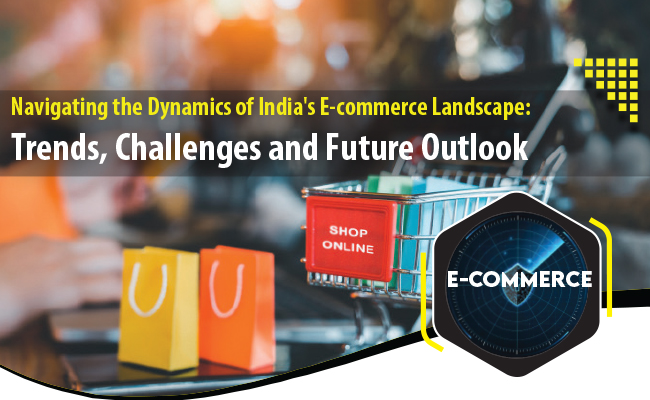
As the curtains closed on 2022, the Indian e-commerce landscape experienced a mix of anticipation, growth, and notable developments. While the sector continued to expand, it did so at a more measured pace compared to previous years, with Tier 2 and Tier 3 cities taking the lead in driving this growth. With estimates projecting India’s e-commerce market to surpass the US and become the second-largest in the world by 2034, it is crucial to stay abreast of the latest trends shaping this dynamic industry. In this article, we delve into the key trends, challenges, and the way forward for e-commerce in India.
The impact of the e-commerce industry on micro, small, and medium enterprises (MSMEs) in India has been significant. It has provided these enterprises with access to financing, technology, and training, which has positively influenced their growth and development. Furthermore, the growth of the e-commerce industry has had a cascading effect on other sectors as well.
The Indian e-commerce industry has experienced a steady upward trajectory and is poised to become the second-largest e-commerce market globally by 2034, surpassing the United States. This remarkable growth is driven by various factors, including technological innovations such as digital payments, hyper-local logistics, analytics-driven customer engagement, and digital advertisements. These advancements have revolutionized the way businesses operate and interact with their customers, fuelling the expansion of the e-commerce sector.
To further support the growth of the e-commerce industry, India is planning to introduce the Open Network for Digital Commerce (ONDC). This initiative aims to enhance the e-commerce ecosystem by enabling platforms to synchronize search results and display products and services from multiple platforms. This integration will not only benefit e-commerce platforms but also provide a significant boost to MSMEs, fostering their growth and contributing to the overall development of India’s e-commerce landscape.
Market Size
India’s consumer digital economy is projected to witness remarkable growth, reaching a staggering market value of US$ 1 trillion by 2030. This substantial increase is a result of the widespread embrace of online services, including e-commerce and edtech, throughout the country. Renowned financial firm Grant Thornton anticipates that the e-commerce sector alone will be valued at an impressive US$ 188 billion by 2025. Moreover, the online grocery market in India is predicted to experience extraordinary growth, surging from US$ 3.95 billion in FY21 to an estimated US$ 26.93 billion by 2027. This remarkable expansion corresponds to an impressive compound annual growth rate (CAGR) of 33%.
The B2C e-commerce market in India is poised for substantial growth, with an anticipated annual increase of 10.75%. By 2023, it is projected to reach an impressive market value of US$107.3 billion. This positive trajectory indicates an attractive long-term growth story for the B2C e-commerce industry in India.
Over the forecast period from 2023 to 2027, the B2C e-commerce sector is expected to maintain steady growth, recording a commendable compound annual growth rate (CAGR) of 8.68%. The country’s B2C e-commerce Gross Merchandise Value (GMV) is predicted to surge from US$96.9 billion in 2022 to an estimated US$149.7 billion by 2027.
The Indian B2C e-commerce industry is set to experience rapid expansion over the next five years. With the increasing digitalization, millions of new consumers are now accessing online sales channels to fulfill their everyday shopping needs. This has led to intensified competition among market players, as they strive to acquire customers and gain a larger market share.
In the fourth quarter of 2022, key players such as Flipkart, Amazon, and Meesho made significant investments in their supply chain infrastructure. This strategic move was aimed at efficiently managing the surge in order volume during the festive season at year-end.
While the market is growing at a notable pace, B2C e-commerce firms in India are also facing increased losses. This can be attributed to higher expenditure on customer acquisition costs, which encompass marketing expenses and discounts. For instance, Flipkart reported a loss of INR 43.99 billion in FY 2022, compared to INR 29.07 billion in FY 2021. Conversely, Amazon managed to narrow down its losses to INR 36.49 billion in FY 2022. As part of their cost-saving measures, both of these prominent e-commerce giants are streamlining their operations by discontinuing certain segments, including the food delivery business.
Key Trends in E-commerce in 2022:
Rise of Lightning-fast Deliveries through Qcommerce:
In 2022, the e-commerce landscape witnessed the emergence of hyper-local and lightning-fast delivery services, powered by players such as Blinkit, Zepto, and Swiggy Instamart. These up-and-coming platforms gained market share, customer loyalty, brand investments, and funding. Meanwhile, established players like Flipkart, Dunzo, and BigBasket focused on scaling down and competing on speed. Redseer predicts a remarkable 10-15x growth in the next five years for this segment. However, success will depend on solid funding backing and the ability to build robust business fundamentals.
In 2022, firms in the quick commerce sector experienced diverse outcomes. New players like Fraazo closed their operations, while established giants like Flipkart and Amazon ceased their food delivery services to cut costs. However, well-funded firms such as Zepto, Instamart, and Dunzo achieved strong growth.
Instamart, Swiggy’s grocery delivery service, witnessed an impressive 16x growth from June 2021 to June 2022. It continued to expand throughout H2 2022, primarily driven by consumers in Tier I cities. In 2023, Instamart plans to extend its operations to Tier II cities, capitalizing on the increasing demand for food and grocery delivery in these areas.
Dunzo, another prominent player, prioritizes profitability and already has more than 15% of its oldest stores turning profitable. The company will focus on innovative solutions to reduce inefficiencies and optimize supply chains. Its quick commerce service, Dunzo Daily, contributed 70% of total revenues and achieved remarkable 25x growth.
Looking ahead in the short to medium term, these firms are expected to introduce services for new product categories. As consumers embrace a wider range of offerings in the quick commerce space, significant growth in order volumes is anticipated over the next three to four years.
Escalating Cost of Acquisition across Digital Channels:
The rapid growth of e-commerce and the proliferation of digital-first brands have led to increased competition and clutter in every category. Consequently, the cost of acquiring new customers through digital channels has surged. Simultaneously, retaining existing customers has become more challenging. To navigate these economic pressures and prioritize profitability, brands are exploring diverse growth avenues across multiple platforms, seeking the optimal mix that yields the best results.
 Voice-based Search and Vernacular Languages:
Voice-based Search and Vernacular Languages:
As India witnesses a surge in online shopping, the search bar, a vital component of the online ordering process, is undergoing a revolution. To cater to millions of consumers who prefer using e-commerce and direct-to-consumer platforms, advancements in technology have introduced voice-based search options. Additionally, recognizing that a significant portion of the population is more comfortable with vernacular languages than English, platforms are integrating various regional languages to enhance the user experience.
Omnichannel Marketing:
In the digitally advanced world, brands are no longer limited to selling their products through a single channel. Both businesses and consumers now rely on a range of channels, including social media, videos, email, text messages, and advertisements, to meet their e-commerce demands. Offline brands are increasingly leveraging online channels to expand their reach and enhance customer acquisition, retention, and satisfaction. Omnichannel marketing empowers consumers to discover new businesses across various platforms, offering them a plethora of choices.
Visual Commerce:
In a saturated market with numerous options vying for consumers’ attention, video-enabled commerce and live streaming have gained significant popularity. Live streaming commerce combines the thrill of entertainment with seamless purchasing, revolutionizing the online shopping experience. Augmented Reality (AR) technology has also opened doors for immersive e-commerce experiences, enabling product visualization, virtual try-on, and in-person simulations. As a result, shoppers are more inclined to make purchases.
Challenges for E-commerce in 2022:
While the e-commerce industry in India continues to thrive, it also faces several challenges that need to be addressed for sustained growth and success. These challenges include:
Data and Cybersecurity:
One of the foremost concerns in the e-commerce landscape is ensuring data and cybersecurity. With the exchange of large amounts of sensitive customer information, including personal details and financial data, e-commerce platforms must prioritize robust security measures. Any security lapse or data breach can have severe consequences, not only jeopardizing customer trust but also leading to financial losses and reputational damage for businesses.
Converting Shoppers into Paying Customers:
Converting website visitors into paying customers remains a significant hurdle for e-commerce businesses. Despite attracting high traffic, clicks, and impressions, many platforms struggle to achieve satisfactory conversion rates. The key lies in understanding consumer behavior, improving user experience, and implementing effective conversion optimization strategies. From streamlining the checkout process to offering personalized recommendations, businesses need to continuously fine-tune their strategies to improve conversion rates.
Cross-border E-commerce:
Expanding beyond domestic borders and catering to international customers presents unique challenges. Communication barriers, including language differences, can hinder effective engagement with customers outside the native market. Moreover, factors such as varying pricing, tax regulations, and shipping complexities pose additional obstacles to cross-border e-commerce. Overcoming these challenges requires investing in localization efforts, providing multilingual support, and streamlining international logistics.
Customer Support:
With the exponential growth of the e-commerce industry, customer support has become paramount. While chatbots have automated certain aspects of customer service, customers often seek personalized and empathetic interactions. Overreliance on chatbots or automated responses can leave customers feeling dissatisfied or unheard. E-commerce platforms need to strike a balance between automation and human touch, ensuring prompt and effective customer support to address queries, concerns, and issues.
Supply Chain Disruptions:
The e-commerce landscape is highly reliant on efficient supply chains to deliver products to customers in a timely manner. However, disruptions in supply chain operations can occur due to various factors, such as transportation delays, inventory management challenges, or unforeseen events like natural disasters or pandemics. To mitigate these risks, businesses must focus on building agile supply chains, leveraging data analytics and predictive technologies, diversifying suppliers, and maintaining effective communication with customers.
The Way Forward:
As the Indian e-commerce industry continues to evolve, there are several avenues for growth and innovation. In this context, the Open Network for Digital Commerce (ONDC) emerges as a promising development. Specifically designed to cater to Indian consumers, ONDC offers a tailored shopping experience by connecting both small and large sellers with buyers and platforms. This disruptive force has the potential to reshape the e-commerce landscape in India, attracting a wider consumer base and fostering healthy competition among market players.
Open Network for Digital Commerce (ONDC), an organization established by the Indian Commerce Ministry, is set to revolutionize the e-commerce landscape in India. With trials already underway in 85 cities, ONDC is preparing for a nationwide rollout in 2023. This groundbreaking initiative aims to create an interoperable network that seamlessly connects various e-commerce platforms, unlocking a world of possibilities for consumers.
To stay ahead in the ever-evolving e-commerce landscape, businesses must continually adapt and innovate. This involves embracing emerging technologies, leveraging data-driven insights to personalize the customer experience, and prioritizing cybersecurity measures to safeguard customer trust. Additionally, fostering collaborations and partnerships, both within the industry and across sectors, can lead to synergistic growth opportunities.

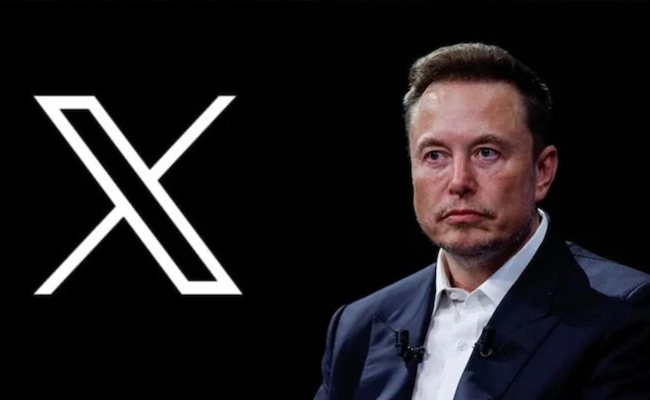
Legal Battle Over IT Act Intensifies Amid Musk’s India Plans
The outcome of the legal dispute between X Corp and the Indian government c...

Wipro inks 10-year deal with Phoenix Group's ReAssure UK worth
The agreement, executed through Wipro and its 100% subsidiary,...
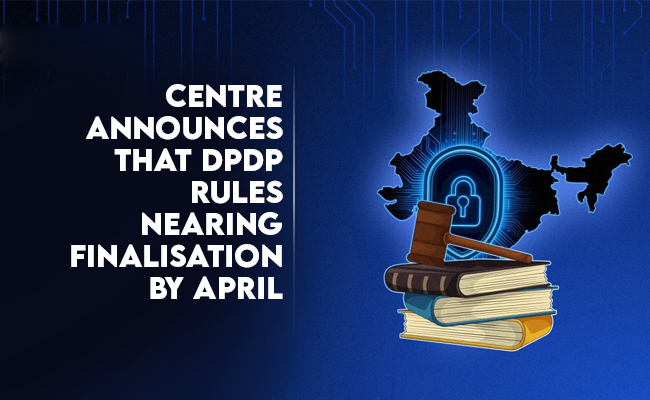
Centre announces that DPDP Rules nearing Finalisation by April
The government seeks to refine the rules for robust data protection, ensuri...

Home Ministry cracks down on PoS agents in digital arrest scam
Digital arrest scams are a growing cybercrime where victims are coerced or ...

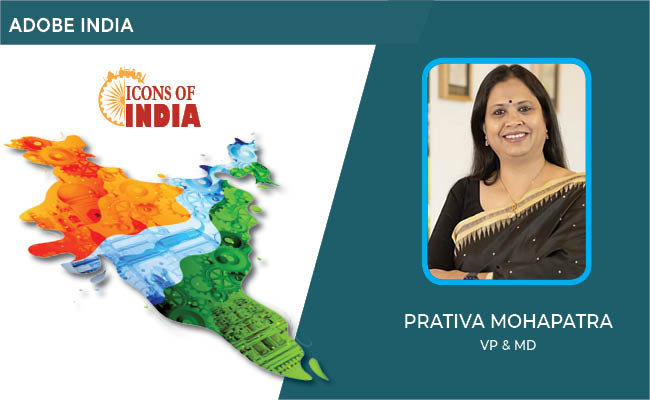
Icons Of India : PRATIVA MOHAPATRA
Prativa is a transformational leader with an incredible breadth of exp...
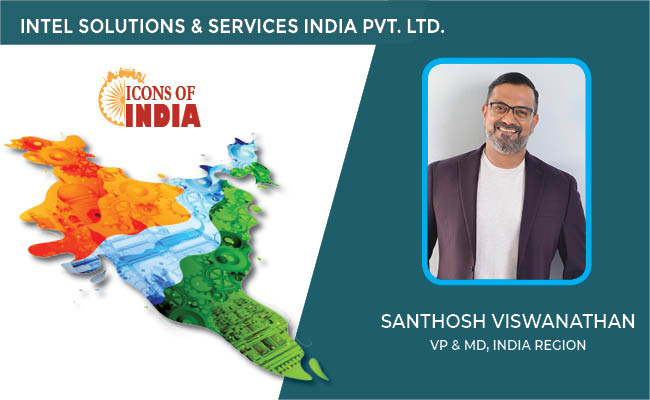
ICONS OF INDIA : SANTHOSH VISWANATHAN
Santhosh Viswanathan is the the Vice President and Managing Director f...
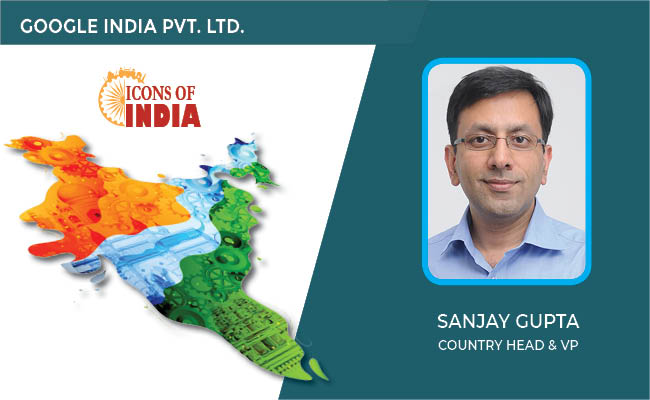
ICONS OF INDIA : SANJAY GUPTA
Sanjay Gupta is the Country Head and Vice President of Google India an...

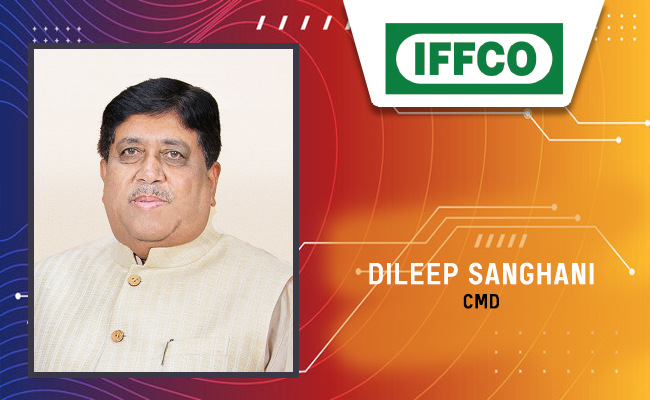
IFFCO - Indian Farmers Fertiliser Cooperative
IFFCO operates as a cooperative society owned and controlled by its fa...
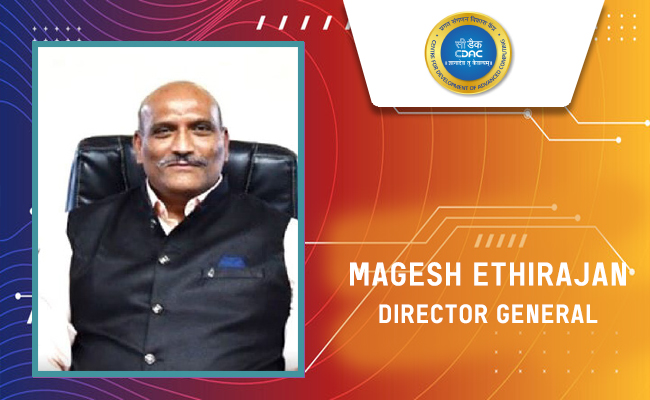
C-DAC - Centre for Development of Advanced Computing
C-DAC is uniquely positioned in the field of advanced computing...

IOCL - Indian Oil Corporation Ltd.
IOCL is India’s largest oil refining and marketing company ...

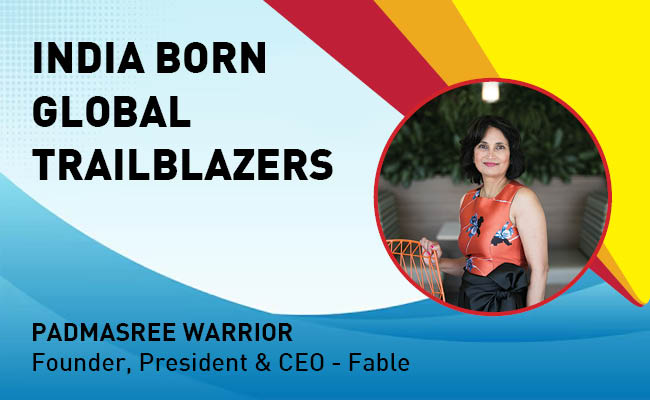
Indian Tech Talent Excelling The Tech World - PADMASREE WARRIOR, Founder, President & CEO - Fable
Padmasree Warrior, the Founder, President, and CEO of Fable, is revolu...

Indian Tech Talent Excelling The Tech World - Sanjay Mehrotra, CEO- Micron Technology
Sanjay Mehrotra, the President and CEO of Micron Technology, is at the...
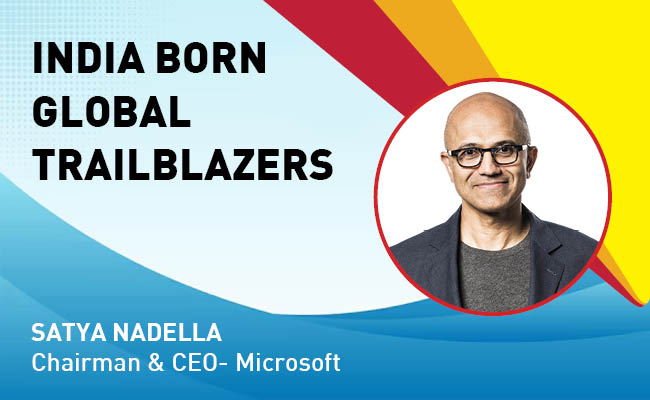
Indian Tech Talent Excelling The Tech World - Satya Nadella, Chairman & CEO- Microsoft
Satya Nadella, the Chairman and CEO of Microsoft, recently emphasized ...
 of images belongs to the respective copyright holders
of images belongs to the respective copyright holders